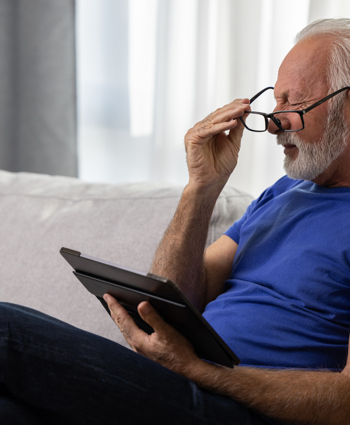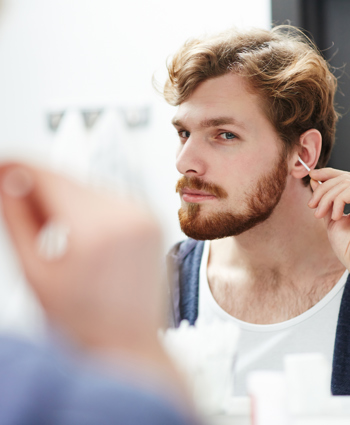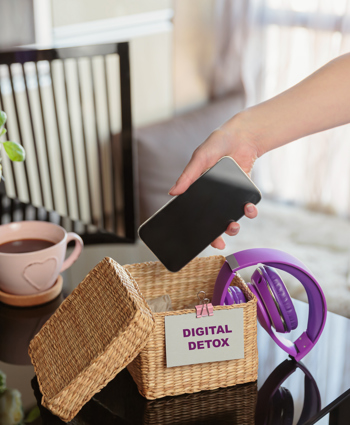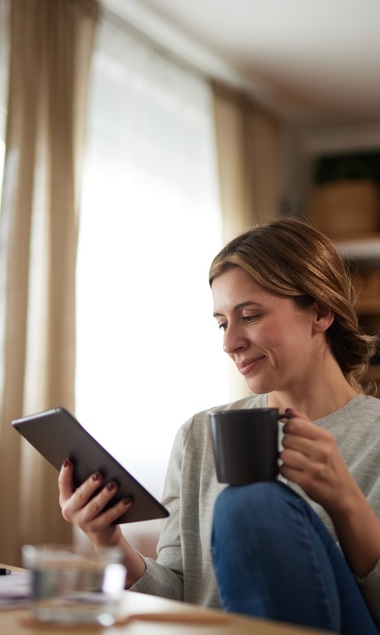
Why is my eyesight getting worse as I get older?
Did you know that our vision typically matures by the age of 8 or 9, reaching adult levels? However, our eyesight doesn’t stay static. Throughout life, our need for glasses and the strength of our prescription often fluctuate.

The Do's and Dont's of Ear Cleaning
When it comes to personal hygiene, ear cleaning might not be the top of the list for most people.

How a Digital Detox Can Help Your Vision
With the start of a new year, many of us are setting resolutions to improve our health and wellbeing.

Winter and Your Eyes: Common Conditions and How to Protect Your Vision
Winter brings its own set of health challenges, and your eyes are no exception.

Driving in the Dark: Could You Need Glasses?
As the nights grow longer and the winter darkness settles in, the challenges of driving in low light become more apparent.

Signs Your Loved Ones May Be Experiencing Hearing Loss and How to Support Them This Christmas
Learn how to support loved ones who are experiencing hearing loss this Christmas.

How Changes in Your Ears Could Signal Diabetes
With over 1.2 million people in the UK potentially living with undiagnosed type 2 diabetes, this condition can often go unnoticed until other health complications arise.

How early detection of poor hearing and vision loss in elderly can help positively impact the symptoms of dementia
Did you know in the UK, it’s estimated that 7 million adults need hearing aids but only 2 million use them with research indicating that people with hearing loss not using hearing aids have a higher risk of dementia.

Simple Lifestyle Changes to Boost Your Eye and Ear Health
Did you know that a healthy diet doesn’t just benefit your overall well-being, but also plays a big role in keeping your eyes and ears in good shape? It’s true! What you eat can help protect your vision and hearing, and even help manage conditions like diabetes and high blood pressure, which can negatively impact these important senses.

Synergy of Sight and Sound: How Your Eyes and Ears Enhance Everyday Life
Have you ever thought about how much your eyes and ears work together? These two senses are constantly teaming up to help you move through the world, enhancing your awareness and making everyday tasks easier.

